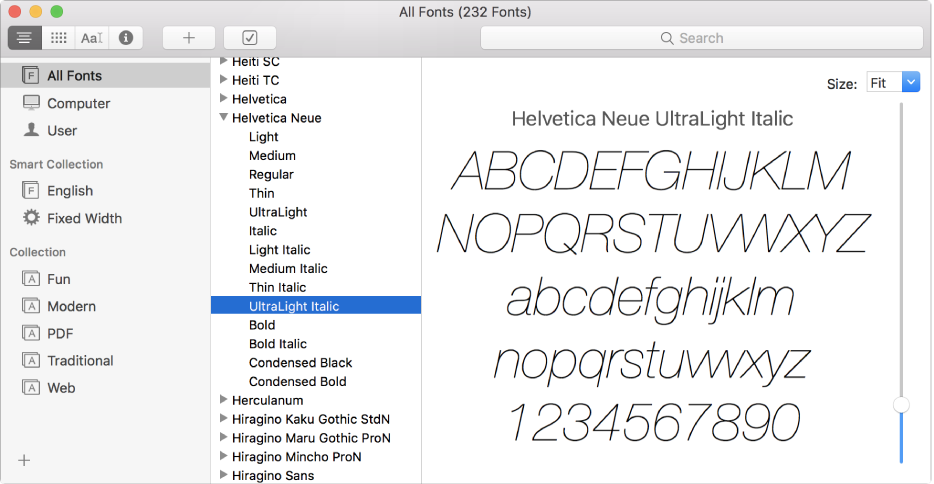


However, you can still follow the steps above to install the fonts system-wide. This is because each Office app is sandboxed and has its own font folders within each individual app package. Note that if you have Office 2016 installed then the C fonts WON’T appear systemwide (i.e. However, 2.0 is good enough for basic use on screen and in printing. This installs version 2.0 of the fonts, and I believe the current release is something like 5.0+.
Microsoft fonts for mac for mac#
Macintosh OSX 10.4 with Office 2011 for Mac and Windows 8 with Office 2013 for Windows You can use these fonts in Office documents, knowing that anyone who gets the file using Windows or Mac will see it using the same fonts. The following fonts are available on both. Open the Contents folder, and then open the Packages folder. Full list of fonts available in both Office for Mac and Office for Windows.Click the downloaded DMG file to mount it, and then right-click the installer package (called “Open XML File Format Converter for Mac”) and select Show Package Contents.Click here to download the Microsoft Open XML Converter app from.
Microsoft fonts for mac how to#
Here’s how to install them, entirely legitimately via a Microsoft converter app. If you lack Microsoft Office then you might also lack the very popular Microsoft “C” fonts: One your apps have loaded, quit your Microsoft Office apps and relaunch them a second time to see your updated fonts list.How to install the Microsoft "C" fonts (Calibri, Candara etc) on a Mac defaults write PrioritizedFonts -array "Helvetica-Light" "Helvetica" "Helvetica-LightOblique" "TimesNewRomanPSMT" Postscript names here are case-sensitive and must match exactly what Font Book.app provides. Type the command ' defaults write PrioritizedFonts -array "postscript name 1" "postscript name 2" "etc."’ and hit return to run it. Select the font you want to prioritize in the center paneĮnsure Font Information is selected in the top left of the window, and find the PostScript Name field in the right pane and copy it. Launch Font Book (open applications folder in Finder, find and launch "Font book.app") Note: Postscript names are not the same as font families and each style will have a different postscript name, so to prioritize an entire font family you may need to add multiple names. You can work around this by setting the fonts you need that do not appear as prioritized fonts. This causes some fonts not to appear in the font picker. If you have a large number of fonts installed on your system, Microsoft Office apps may not be able to load all the fonts. If you have a single version of font, check the font type. If the font type is displayed as “PostScript-Type1”, we recommend you upgrade it to a newer "OpenType" version of the font. Some fonts may be missing."Ĭheck the installed versions of the font. If you have multiple versions, then make sure the latest version of the font is active. You may see a message bar saying "We were unable to load all your fonts. Some fonts are being substituted with other fonts. Some fonts including Times New Roman are missing or unavailable in the font picker. Text appears garbled or in a different font. Users may see issues with fonts when using version 16.9 of Microsoft Word, Excel, Outlook, OneNote and Microsoft PowerPoint on macOS.


 0 kommentar(er)
0 kommentar(er)
